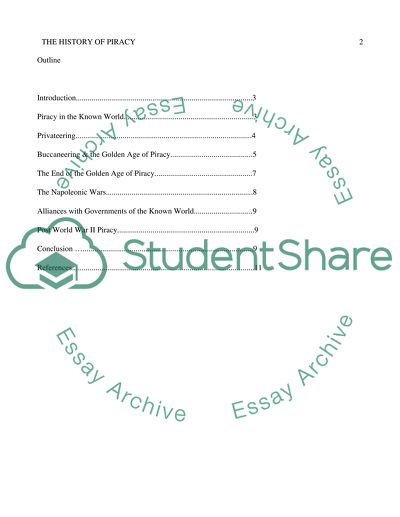Cite this document
(“The History of the Pirates Research Paper Example | Topics and Well Written Essays - 2250 words”, n.d.)
Retrieved de https://studentshare.org/history/1391304-the-history-of-the-pirates
Retrieved de https://studentshare.org/history/1391304-the-history-of-the-pirates
(The History of the Pirates Research Paper Example | Topics and Well Written Essays - 2250 Words)
https://studentshare.org/history/1391304-the-history-of-the-pirates.
https://studentshare.org/history/1391304-the-history-of-the-pirates.
“The History of the Pirates Research Paper Example | Topics and Well Written Essays - 2250 Words”, n.d. https://studentshare.org/history/1391304-the-history-of-the-pirates.


